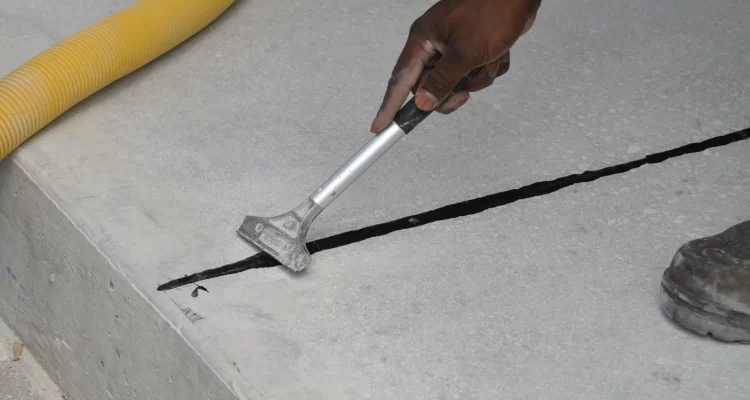Cracks and joints in surfaces can be troublesome. They not only ruin the appearance but also pose risks like tripping or water seepage. That’s where crack joint filling comes in – a solution to keep surfaces smooth and safe. Cracks and joints can appear in various surfaces like concrete floors, sidewalks, or walls due to factors such as temperature changes, settling of the ground, or regular wear and tear. These imperfections not only affect aesthetics but can also lead to bigger structural issues if not addressed timely.
The Importance of Crack Joint Filling:
Crack joint filling is a method used to repair and fill in these gaps and cracks. It involves the use of specialized materials that adhere to the surface and prevent further damage. By filling in these imperfections, crack joint filling ensures that surfaces remain smooth and safe for use.
The Process Simplified:
The process of crack joint filling typically involves several steps. First, the cracks and joints are cleaned thoroughly to remove any debris or loose material. Then, a specialized filling material is applied to the cracks using tools like caulking guns or trowels. This material is designed to expand and contract with the surface, ensuring a long-lasting repair.
Choosing the Right Material:
Selecting the right filling material is crucial for effective crack joint filling. Different surfaces and environments may require different types of materials. Factors such as flexibility, durability, and resistance to weather conditions should be considered when choosing the appropriate filler.
Benefits of Crack Joint Filling:
Crack joint filling offers several benefits. Firstly, it improves the appearance of surfaces by filling in unsightly cracks and joints. Secondly, it helps prevent further damage by sealing off vulnerable areas. Additionally, crack joint filling can improve safety by eliminating tripping hazards and preventing water seepage.
Maintenance and Longevity:
Regular maintenance is key to ensuring the longevity of crack joint filling. Periodic inspections should be conducted to identify any new cracks or damage that may require repair. Additionally, routine cleaning and upkeep can help extend the lifespan of the filling material.
In conclusion, crack joint filling is a vital process for maintaining smooth and safe surfaces. By addressing cracks and joints promptly, it helps prevent further damage and improves the overall appearance of surfaces. With the right materials and proper maintenance, crack joint filling can provide long-lasting results, ensuring that surfaces remain functional and aesthetically pleasing for years to come.


